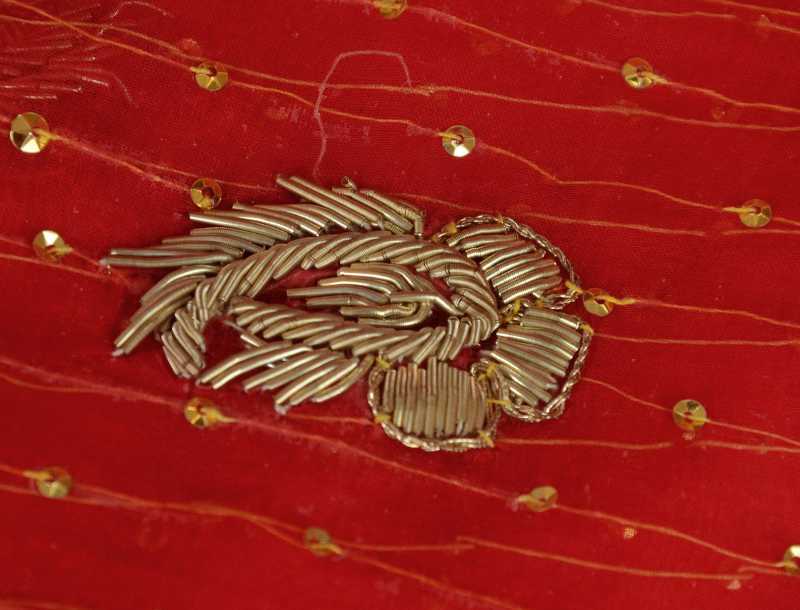===
0785,
6
===

=== |
 |
kab talak yuu;N lohuu piite haath u;Thaa kar jaan se
vuh kamar kaulii me;N bhar lii ham ne kal ;xanjar samet
1) how long would we have 'drunk blood' {like this / for no reason}, having abandoned/'lifted the hand from' our life,
2) we took that waist into an embrace, yesterday, along with the dagger
lohuu piinaa : 'To drink the blood (of); to worry or plague to death'. (Platts p.971)
haath u;Thaanaa : 'To withdraw the hand (from); to keep the hands off; to leave off, cease, desist (from), refrain (from), keep (from); to abandon, forego, relinquish, renounce, resign'. (Platts p.1215)
kaulii : 'Bosom; lap; embrace, grasp of the arms; armful, as much (of anything) as can be grasped in the fold of the arms'. (Platts p.864)
FWP:
SETS == MIDPOINTS
MOTIFS == [BELOVED HAS NO WAIST]; [DEAD LOVER SPEAKS]; SWORD
NAMES
TERMS == PATHOSSRF is sure that the lover isn't dead, since he's lived to tell us about his wild venture. But we know very well that the dead lover can go right on speaking, so this can easily be a verse of that kind. The contrafactualness of lohuu piite suggests strongly that the speaker's continuing to 'drink blood' is something that's not happening, which accords with the idea that he's now well out of such a wretched life.
And to take the waist, 'along with the dagger', into one's embrace surely suggests a possible self-impalement: perhaps the beloved was seeking to fend off the importunate lover with her dagger drawn, and he took advantage of the situation to achieve a doubly desirable embrace of both her and death together.
The word- and meaning-play of jaan se haath u;Thaanaa is a tour de force. Not only is the phrase a 'midpoint' one, as SRF observes, that can be read either with the clause before it or with the clause after it, but even on the most literal level it contrives to suggest that the lover perhaps (metaphorically) 'takes his hand away from his life' because he (literally) needs to use both hands in embracing at once the beloved's waist and her dagger.
Even the little multivalent yuu;N makes a fine contribution, because both senses-- 'like this' and 'for no reason'-- work beautifully in the context of the verse.
The kamikaze lover, daring to do a mad, forbidden deed, and impaling himself in the process-- what a magnificently romantic end! Not a grotesque vision of blood and gore and disembowelment, but more like the kind of graceful death scene when Richard Burton makes similar use of a dagger in 'Cleopatra'. Perhaps because, in both cases, the emphasis is not on the physicality of the dagger-wound, but on the mystical/erotic associations of such a death. When the Moth flies into the candle flame, we don't think of the smell of burning moth-flesh.